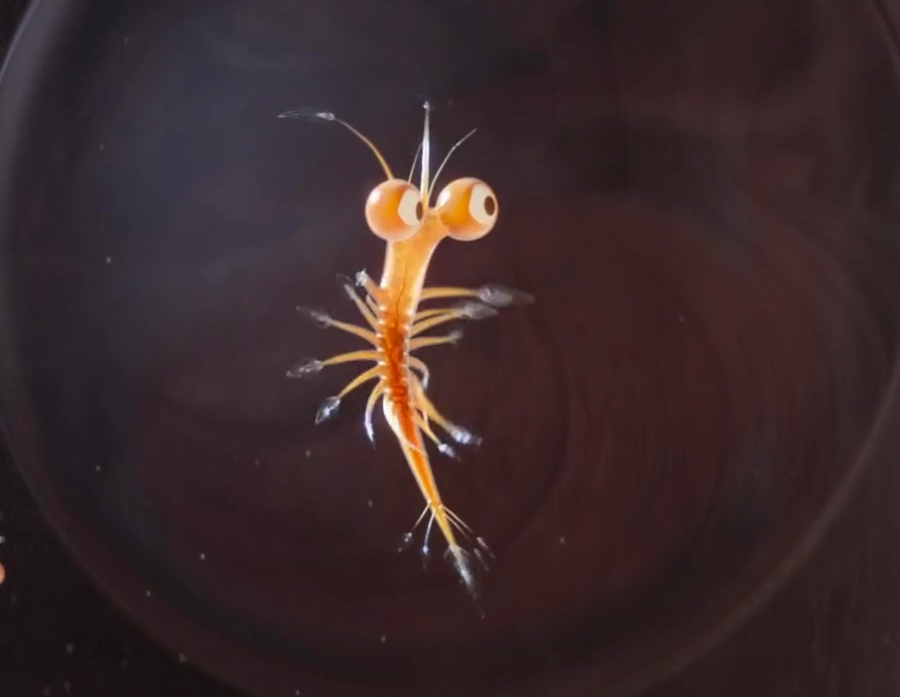
Sea-Monkeys can stay in this state for up to 2 years. The ability of unhatched "Sea-Monkeys" that allows them to be packaged and shipped is that they enter cryptobiosis, a suspended animation that occurs naturally in Sea-Monkeys in order to help them survive until ideal conditions appear. They are a variant of brine shrimp or Artemia salina. It is sold under the title "The Amazing Live Sea-Monkeys Ocean-Zoo". Inside, there are water purifier, eggs and food. They are often sold in a blue or red, plastic aquarium. Sea-Monkeys is the brand name for Artemia sold in hatching kits, as a novelty aquarium pet aimed at children, in the United States and the United Kingdom since 1960. Most hatch from unfertilized eggs which can withstand freezing and drought, and can hatch after 12 months as long as 25 years after they are released from the female.They are omnivores, diging around in the mud searching for plankton and larger prey such as worms, chironomid larvae, small, dying or weak tadpoles, and even each other Their jaws (mandibles) are quite large, with many toothlike projections.They have broad, plate-like carapace that covers their head and the front part of the thorax and a long, narrow tail.


There are almost 800 known species and the major groups have many differences between them. Most of these are small, fresh or brackish water animals that feed on plankton and detritus, with the exception of the water fleas (Cladocera), many of which are marine. Notes: To create a standard salt solution for hatching eggs you will need a solution of 3.5% or 35 ppt (parts per thousand) dissolved synthetic sea salt or non-iodized table salt in spring water.The Branchiopods are a sub-group ( class) of Crustaceans and contain the fairy shrimp (sea monkeys), clam shrimp, water fleas and tadpole shrimp. Qty: 1, 20g packet of Brine Shrimp eggs (expected to number in the hundreds of thousands)

Brine Shrimp eggs hatch into larvae called nauplii. The eggs, and the embryos within them, are then able to survive for months or even years until changes in the environmental conditions trigger the embryos to develop further and hatch. The thin shelled eggs develop steadily and then hatch while the development of the embryo within the thick shelled eggs halts when it reaches a particular stage. Commonly cultured as live food for fish, Brine Shrimp produce two different types of eggs thin-shelled summer eggs and thick-shelled winter eggs. The global prevalence of Brine Shrimp is due to their ability to tolerate a wide range of salt concentrations. Brine Shrimp, also known as sea monkeys, live in saline environments and can be found in saline lakes on all continents except Antarctica. Description: L5.00 is a 20g packet of Brine Shrimp eggs.


 0 kommentar(er)
0 kommentar(er)
